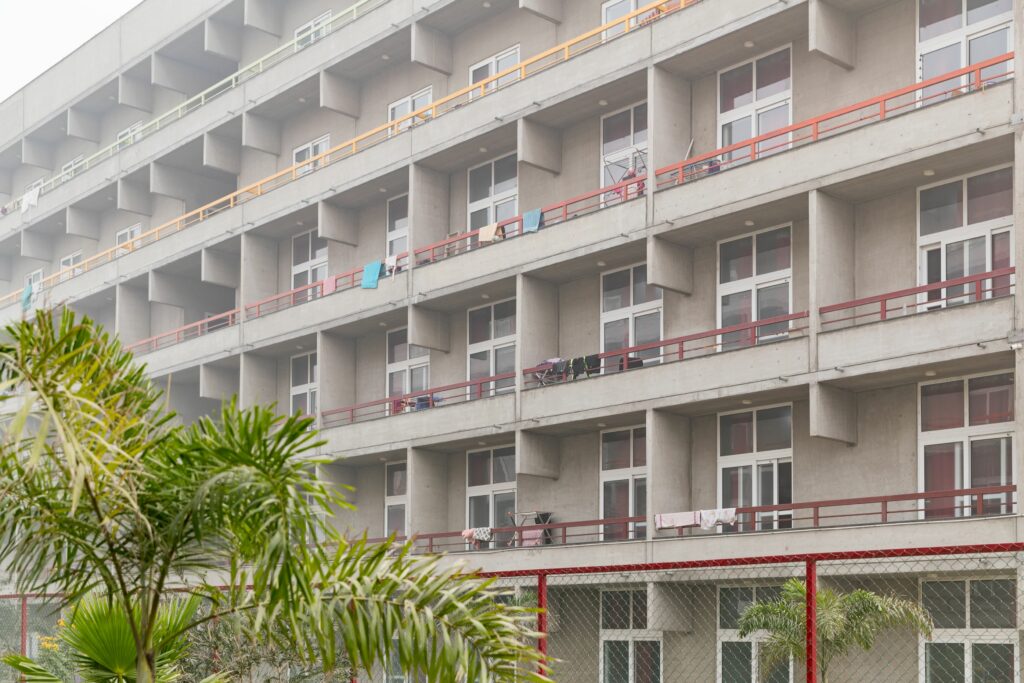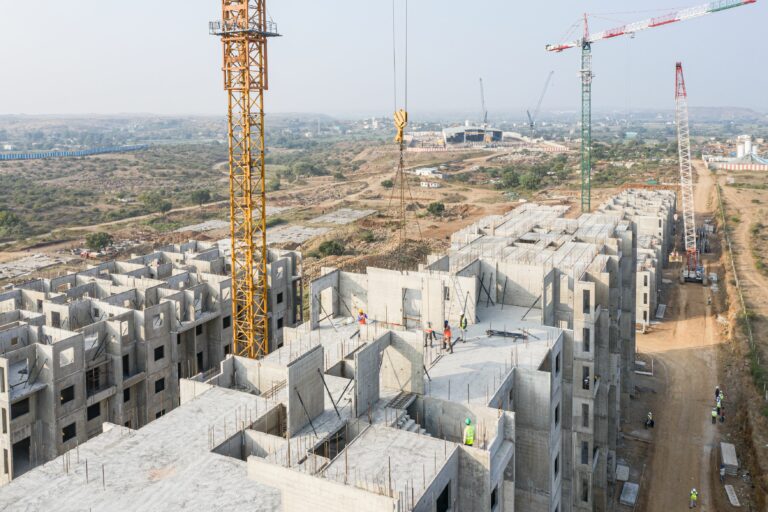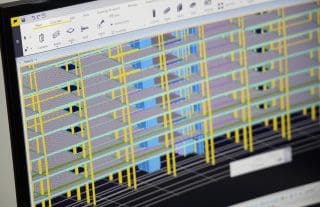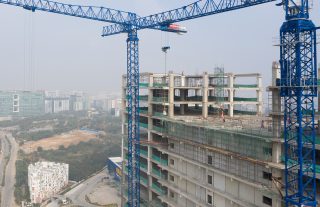Precast in seismic areas: Cracks may occur, joints stay intact

If the joints are detailed correctly, precast concrete buildings are robust enough to stand tall through an earthquake. Vice President, Design at Elematic, Vaibhav Singhal, explains how to build resilient precast buildings in seismic areas.
“No building is safe in an earthquake …” says Vaibhav Singhal, while adding an important point “… unless it is designed properly to take care of the lateral load.”
As vice president of design at Elematic, Singhal knows what he is talking about.
India – and especially the Northern part – is highly seismic. Singhal and his team of about 30 people have intense and vast experience with designing high-rise and low-rise precast concrete buildings for commercial, industrial, and residential purposes – all robust enough to stay put in the event of an earthquake.
Ductility prevents collapsing
Buildings are usually designed to completely withstand the forces that nature exposes them to, such as wind and gravity load. When designing for seismicity, however, this is not the case.
“When we talk about seismic forces, we don’t design the building for 100 percent forces. We basically reduce the forces and provide more ductility in the building. So, in the event of an earthquake, the building will have lots of cracks, but it will stay in place,” Singhal explains.
“We are designing for collapse prevention. The building will not be usable after an earthquake, but it can save lives.”
The keyword is ductility. “Once the earthquake comes, it will shake the building, but the building should be able to absorb all the shaking without collapsing. That is what ductility is all about: a lot of deformation is happening, yet the connections are intact.”

The concept of seismic resilience is the same in any type of structure, Singhal points out.
“Whether we are using cast-in-situ, a steel structure, or precast, the basic principles and expectations of the buildings’ performance remain the same: The building should be so robust that it will not collapse in the event of an earthquake.”
Keeping these basic principles in mind, structural engineers would choose the lateral load resisting system for precast projects in seismic areas. This way they make sure that the flow of force is smooth, right from the slab to the vertical elements, without failure. This is ensured by detailing and engineering.
“We understand that the weakest point in a precast element is the joint. So, all the jointing details are done in a way that they can transfer the vertical load without collapsing.”
The required ductility is typically achieved by using wet connection details. This means that the precast elements are jointed at site, using rebar connections, concrete, and grout, often with an RCC topping on the slabs.
The design team follows well-tested codes and guidelines when choosing suitable connections for each project. “Once we see the satisfactory ductility results of these connections testing, then we use these kinds of connections in our design.”
Lack of awareness leads to concern
From time to time, the Elematic design team meets concerns about whether a construction made with precast will withstand an earthquake.
Singhal suggests that the worry has to do with the limited number of precast buildings we see around. He sees it as a lack of awareness of how precast buildings are going to perform if the ground beneath them begins to shake.
“Since people have been seeing cast-in-situ buildings for ages, they don’t have any concerns. They’ve seen that they keep standing, so nobody is going to question that,” he notes.
Nevertheless, precast is just as safe as any building method, Singhal stresses. “As far as a building is designed properly, by competent structural engineers, there is no issue,” he assures. And the same goes for any construction technology.
“In the end, most customers trust that the seismic resilience is taken care of. They have confidence in the structural consultant, and rightly so,” says Singhal.
All aspects taken into consideration, precast is a good solution – also in seismic areas, he says.
“You are getting all the advantages in terms of quality of the building and the speed of construction, whether you are in a seismic or a non-seismic country. And we are never going to compromise on the safety of the building.”

No building is safe in an earthquake unless it is designed properly to take care of the lateral load.

